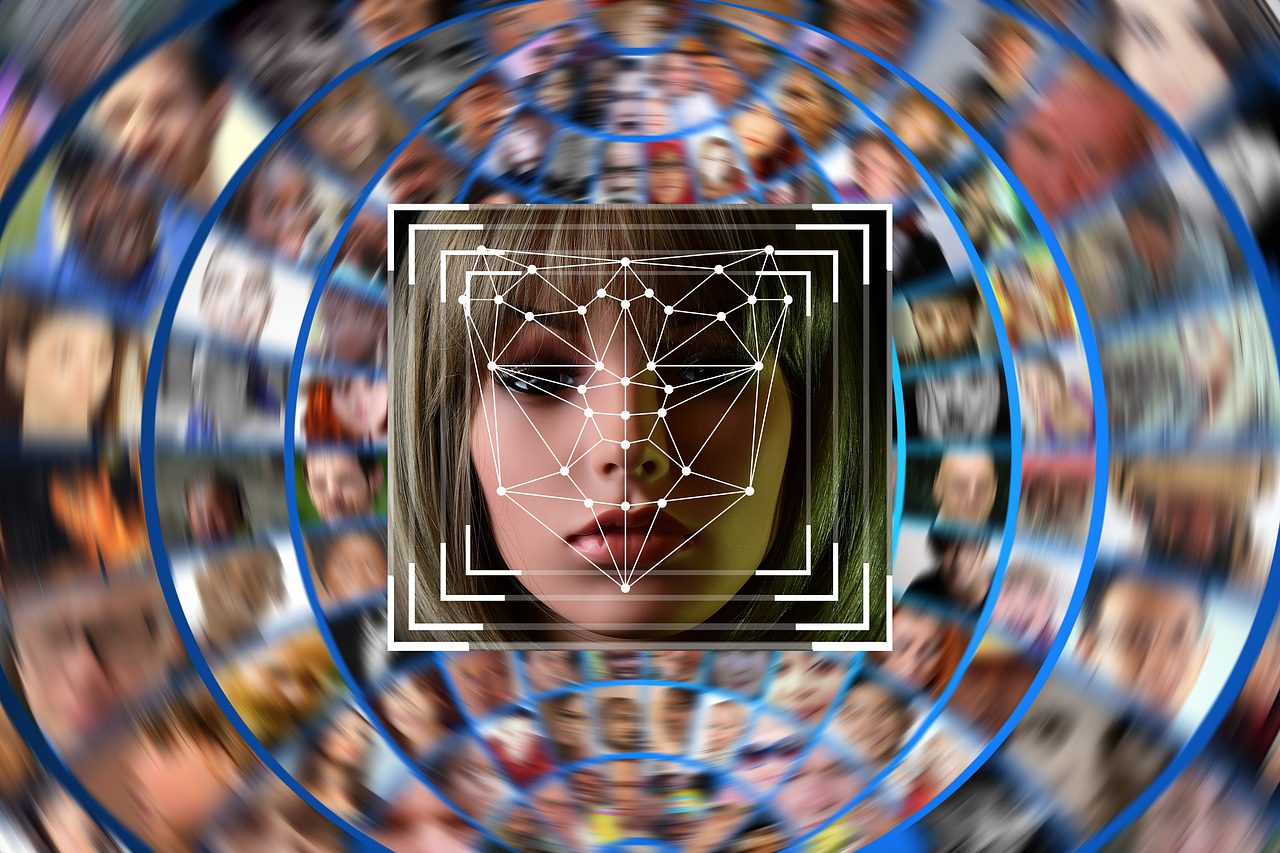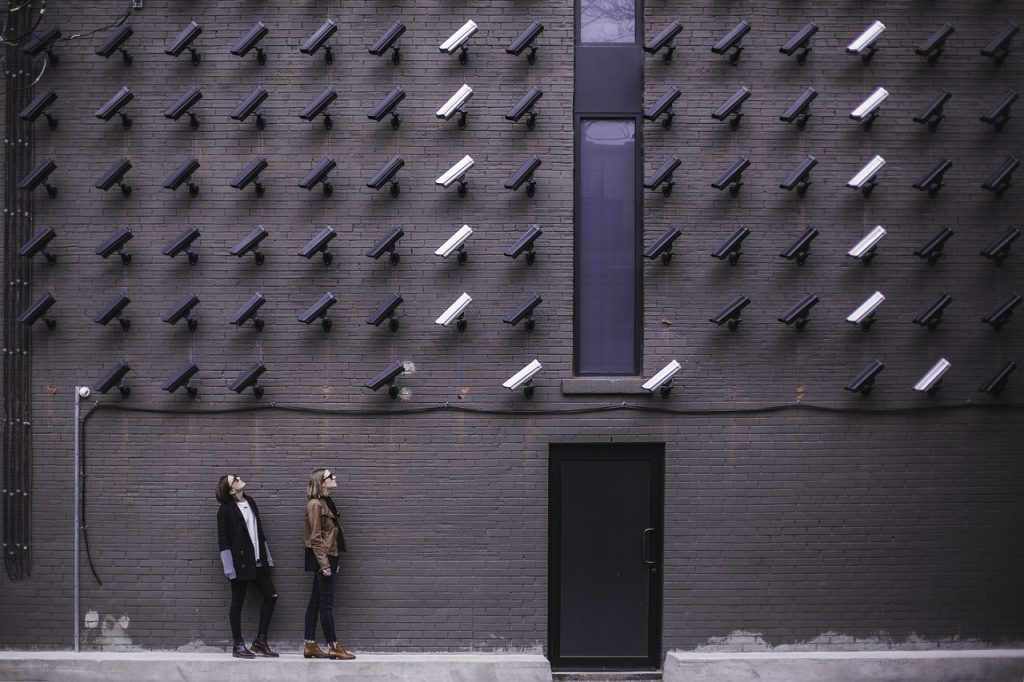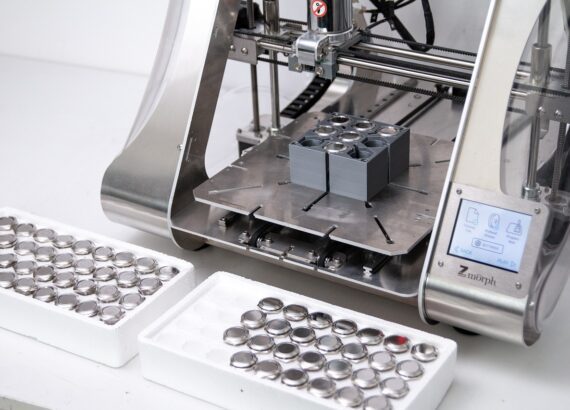Face Authentication vs. Face Recognition: The Differences Between the Technologies and Why Your Business Should Consider Authentication

Face authentication and face recognition are sometimes used interchangeably, however, these two facial verification technologies identify personnel differently. Facial recognition software can be an invasive security method, where data can be stored without consent. Facial authentication compares personnel against authorized users that gave consent to have their information stored in an access control system. Below, we’re going to cover the primary differences between the technologies and why face authentication is the better method to implement for advanced security.
Recognition
Facial recognition software comes under heavy scrutiny for two primary reasons: it can be non-cooperative and can invade individuals’ privacy. This technology has faced heavy criticisms in recent years and applies to cameras constantly tracking individuals’ faces in public or organizational spaces. The best example is CCTV camera systems in many large cities worldwide. CCTV cameras will capture biometric information, compile it into a database, and potentially even share or sell it to third parties for surveillance or targeted advertising.
Non-cooperative

Non-cooperative essentially means that users have no consent to the use of face authentication or recognition technology. When recognition is active, it captures all people within a relevant area, with no opportunity for their input. Their information is taken without electing to have their personal data stored in the system.
Invasion of Privacy
In addition to offering no consent, some facial recognition software captures individuals’ data, stores it, and often sells it. People have no opportunity for privacy or anonymity in the presence of face recognition. Many acts, such as the Illinois Biometric Information Privacy Act and the EU GDPR, have been instituted specifically to protect individuals’ privacy against facial verification tools.
Authentication
Face authentication, on the other hand, is much more limited and better implemented for security practices. The best example available is Face ID on iPhones. The camera turns on when you attempt to unlock your phone, scans it to verify it, grants access, and then turns off. There is no persistent scanning with the camera on, and the user chooses to activate it to unlock their phone. There are different methods for this technology in action, primarily one-to-one matching and one-to-few matching.
One-to-One Matching
One-to-one matching is what phones and other small-scale implementations of face authentication use. The device scans the user’s face, compares it to all face profiles in storage, and provides a simple yes or no to determine if the person has authorization.
One-to-Few Matching
One-to-few matching is what large-scale facial verification systems use for security. This method leverages artificial intelligence to match the user’s face with all the face profiles in the database. The users must consent to participating by enrolling, prior to Authentication.
Why Authentication Prevails
Face authentication is superior to facial recognition software because it respects users’ consent and privacy. Users always choose when to enable authentication and are fully aware of when it is in use as well as when it stops. And, they know their biometric info is used only to grant them access, never to be stored for data and sold to third parties. Biometric data is set up in a profile with user consent that adheres to all local legislation and privacy standards. So, users can better trust the system and will know whenever it’s being used, rather than being spied on and used to collect data.
Final Verdict

Face authentication and face recognition are two very different implementations of face verification technology. Face recognition constantly monitors individuals without their consent or knowledge, and often shares or sells that data to third parties, violating their privacy. Authentication, in contrast, is under full control by the users and is used solely to check that they have authorization for a given area. It is more streamlined, abides by local legislation, and respects users’ consent, which makes it superior to recognition, particularly for security. When looking to upgrade your organization’s security, consider implementing facial authentication over facial recognition.



